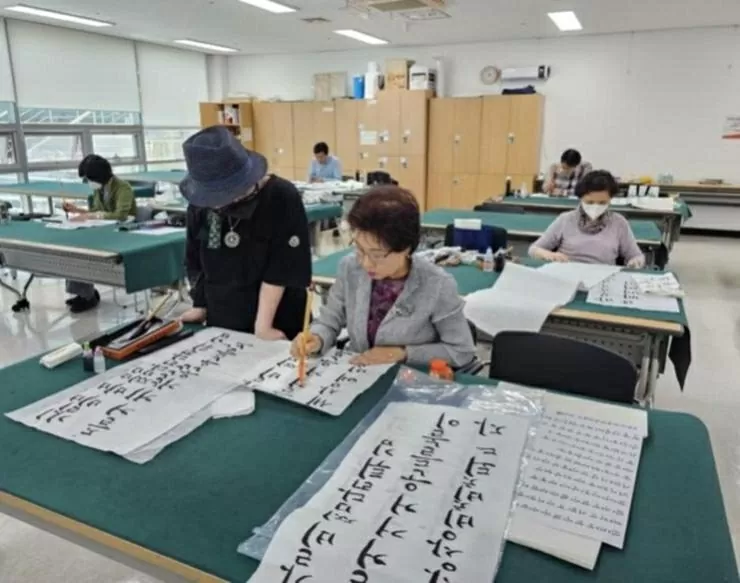 |
| Korean calligraphy has a long history. (Source: Korea Times) |
Hangeul, also known as Korean calligraphy, is a form of artistic expression using the Korean alphabet.
The Korean Heritage Administration, a state agency responsible for managing national heritage – including preserving, restoring and promoting – said on January 23 that it has recognized Hangul calligraphy as a national intangible cultural heritage.
With this recognition, the Heritage Administration will support scientific research and initiatives to promote the dissemination of Korean calligraphy. This support is aimed at helping the public understand the value of Korean calligraphy and actively participate in the preservation and dissemination of this art form.
Korean calligraphy involves the act of writing with ink and brush with a unique alphabet, which contains traditional knowledge, according to the Korean Heritage Administration.
Korean calligraphy has a long history, appearing commonly in literary works, books, and everyday forms of communication.
Hangeul was created in 1443 under the direction of King Sejong of the Joseon Dynasty (1392-1910). Hangul calligraphy has been maintained to this day as an important means of recording Korean life on a variety of materials, not only limited to paper but also including metal, stone, and textiles.
What is special is that Hangeul was widely used from the royal court to common people, in literary works and daily letters, with many different fonts and writing styles.
According to the Korean Heritage Administration, Hangul calligraphy has a unique writing style and exquisite beauty that distinguishes it from neighboring countries. Hangul calligraphy is now being taught through various educational institutions and is expanding its scope into various fields such as media and performing arts, creating cultural diversity and expressing rich creativity.
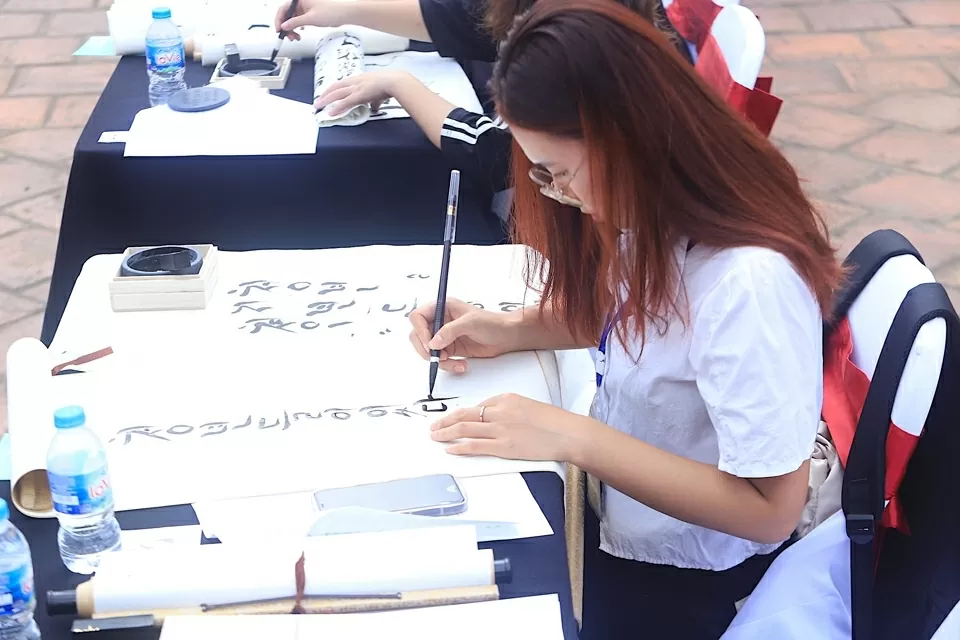 |
| Korean calligraphy is quite popular among Korean language students in Vietnam. Photo: Images at the writing contest "Famous quotes of President Ho Chi Minh on Korean calligraphy" at the Temple of Literature - Quoc Tu Giam in 2022. (Source: kinhtedothi.vn) |
However, the Korean Heritage Administration does not recognize any specific individuals or groups as having special skills in Korean calligraphy. According to the agency, this is a way to make it easier to promote Korean calligraphy.
In July 2024, the “Hangeul” exhibition took place in Hanoi with the aim of introducing the history and art of Korean calligraphy. The exhibition was jointly organized by the Korean Cultural Center in Vietnam and the National Hangeul Museum of Korea with the aim of helping the public have a more intuitive view of the value of the Korean language.













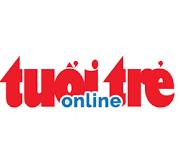
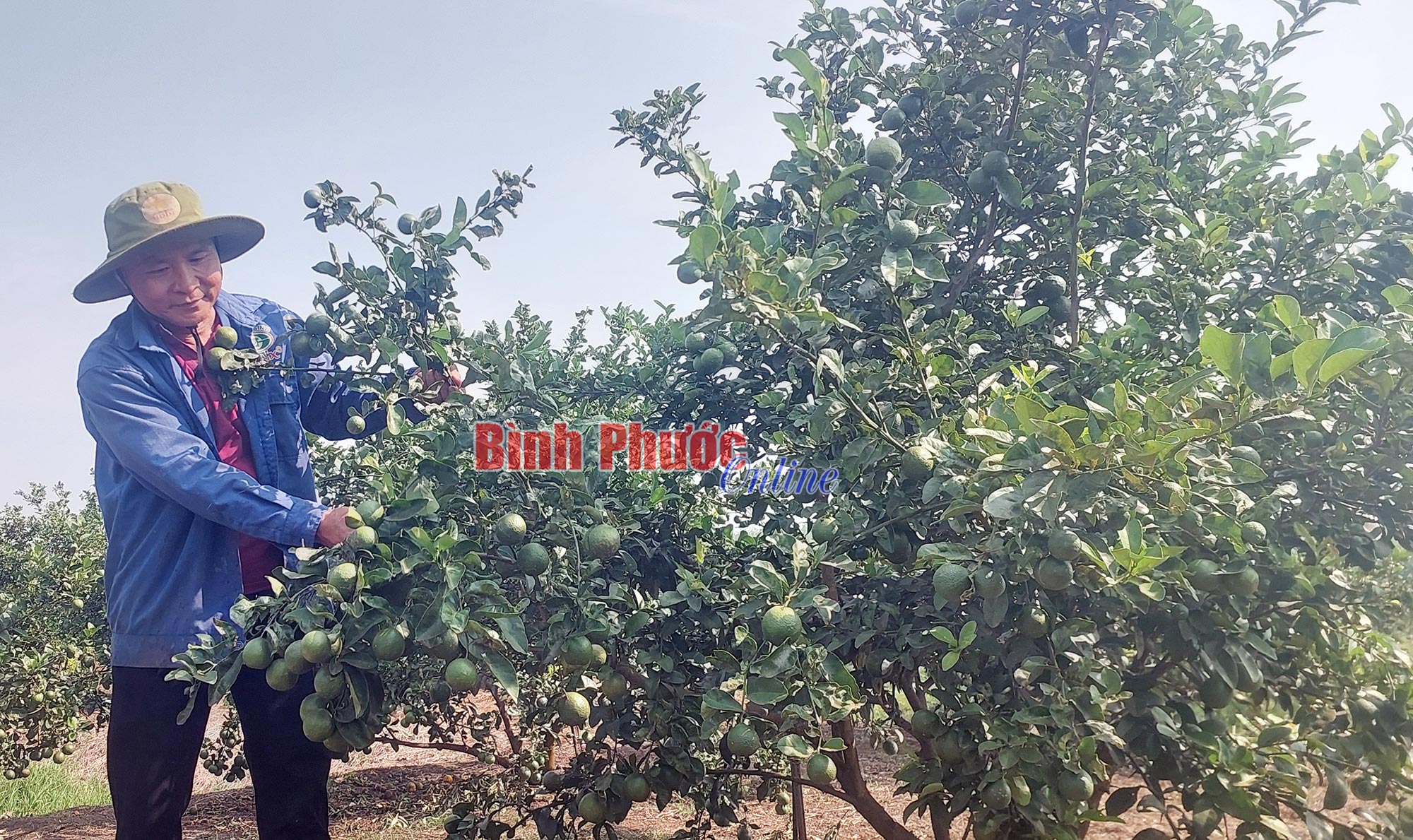
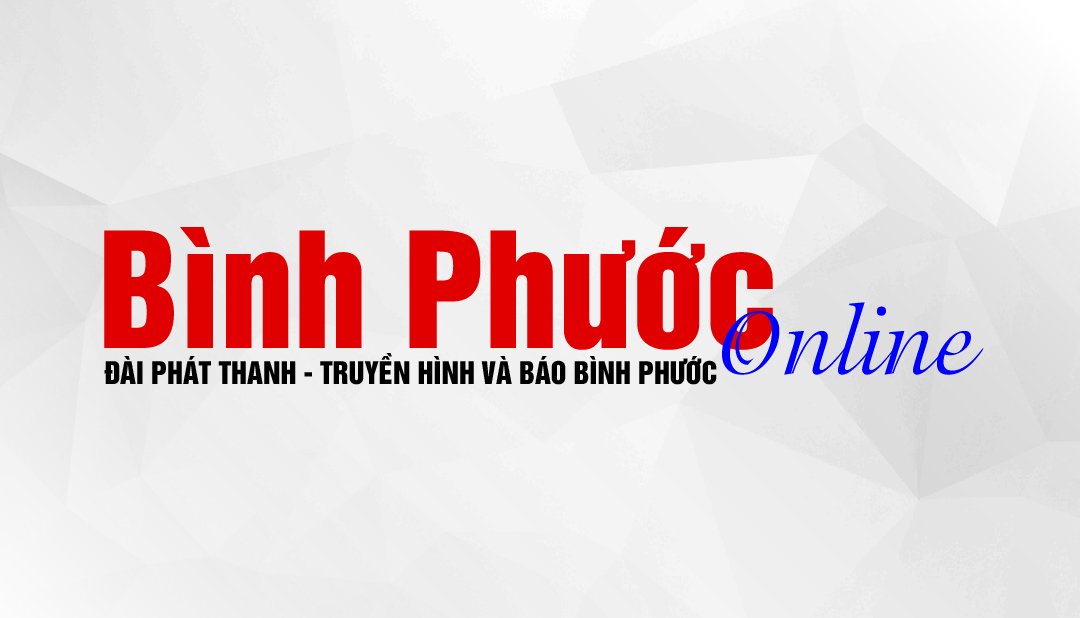
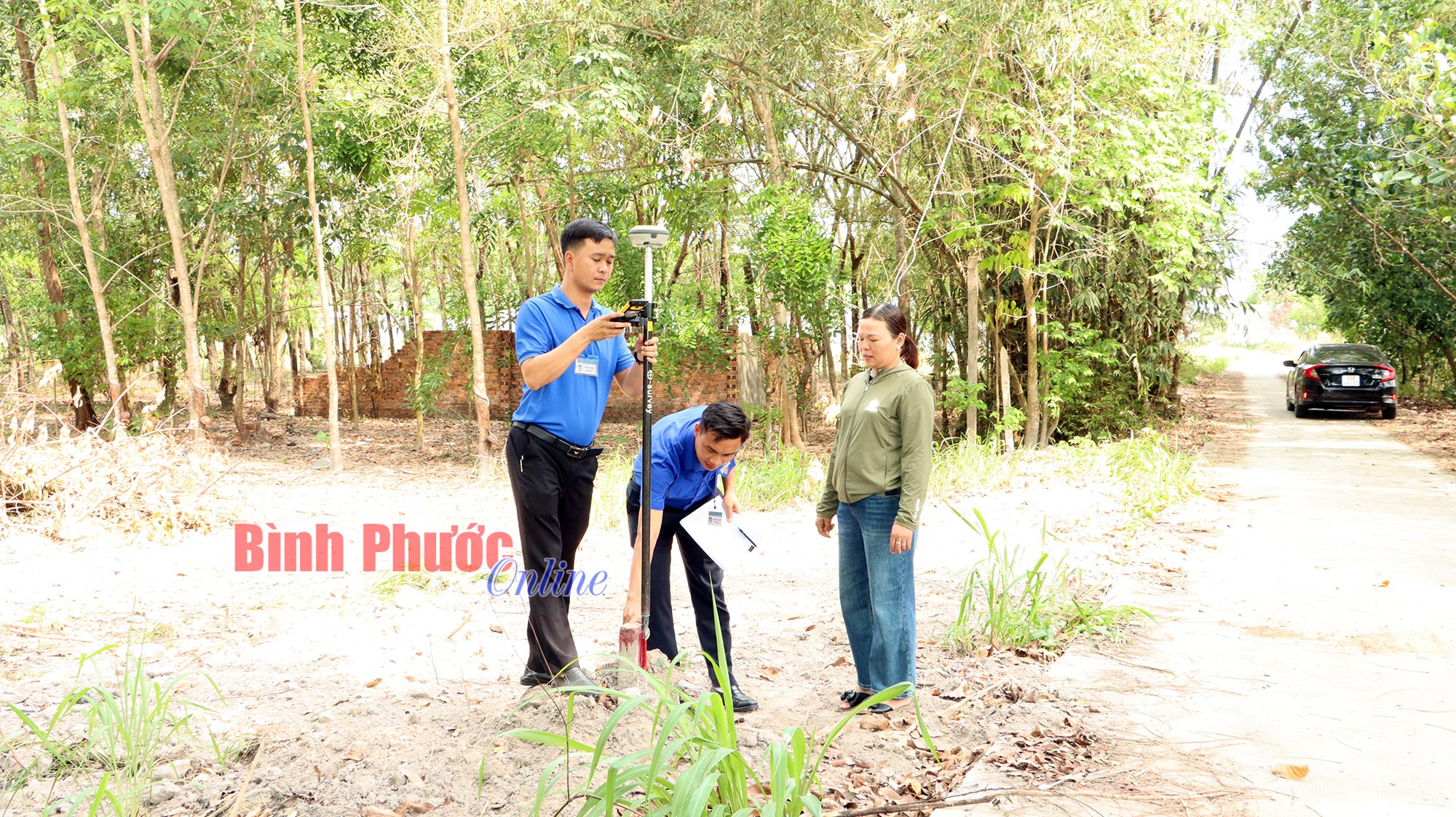
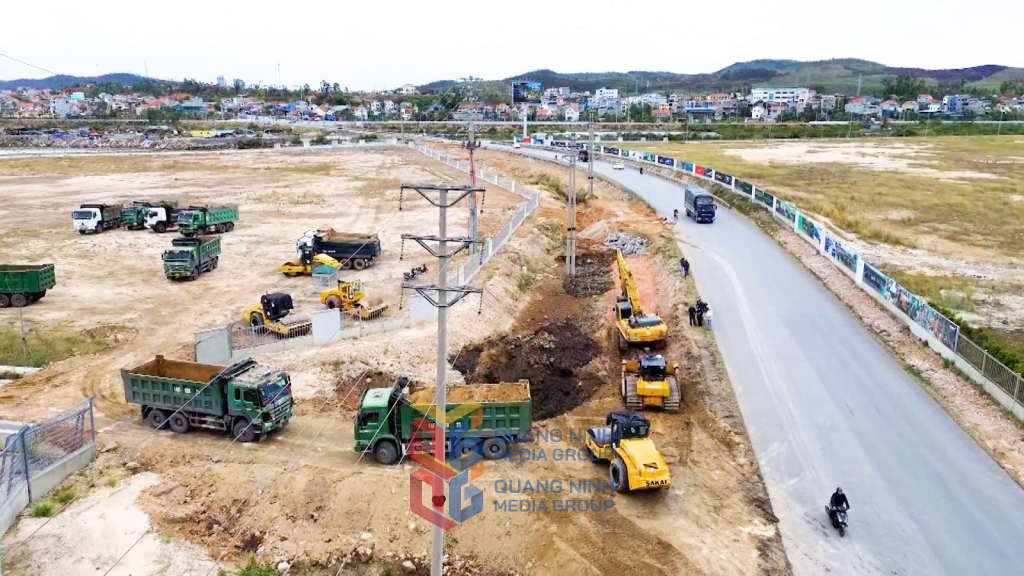

Comment (0)